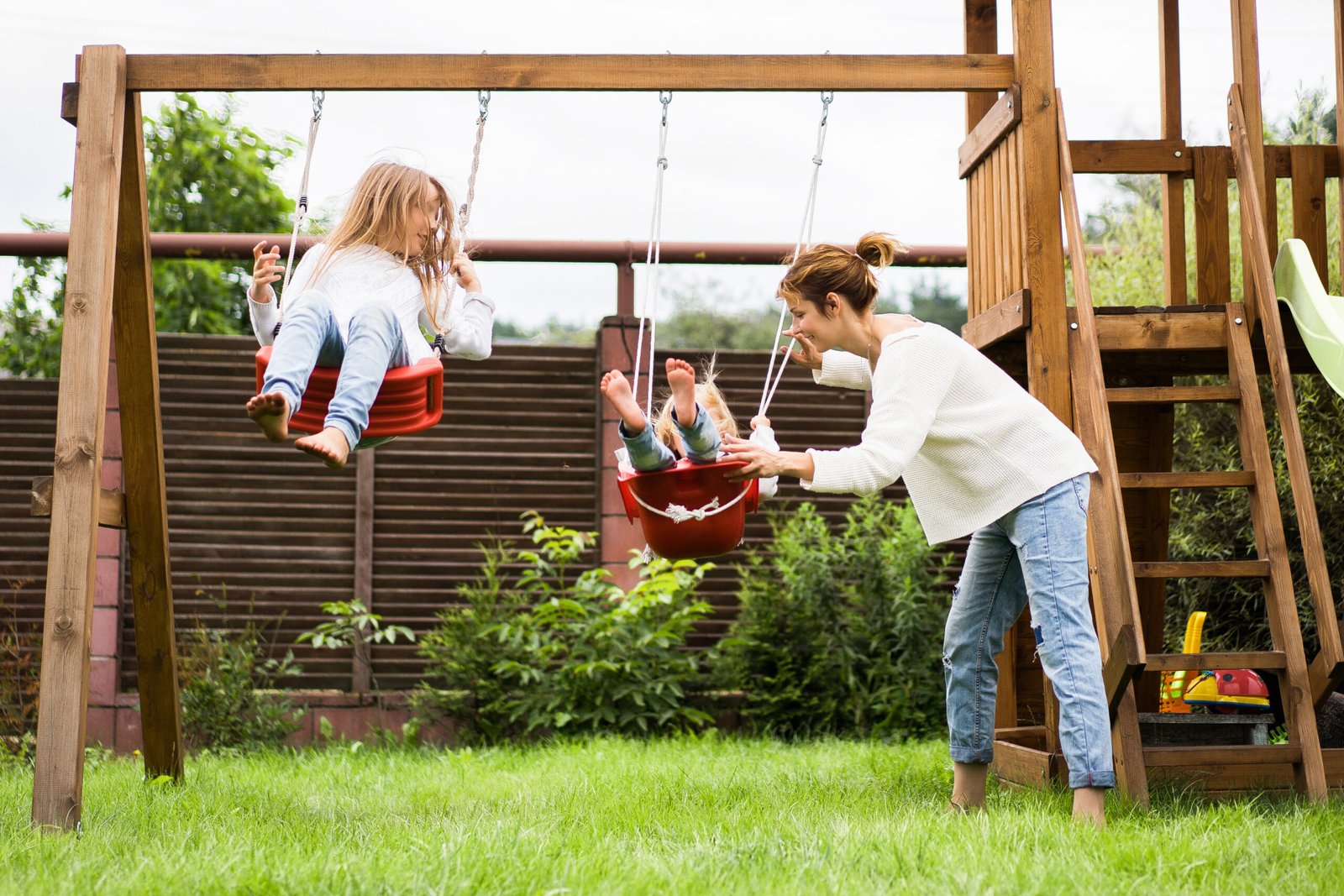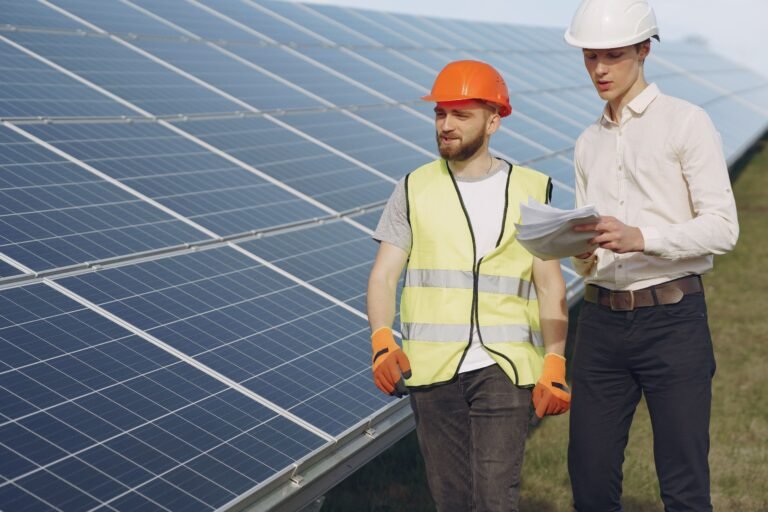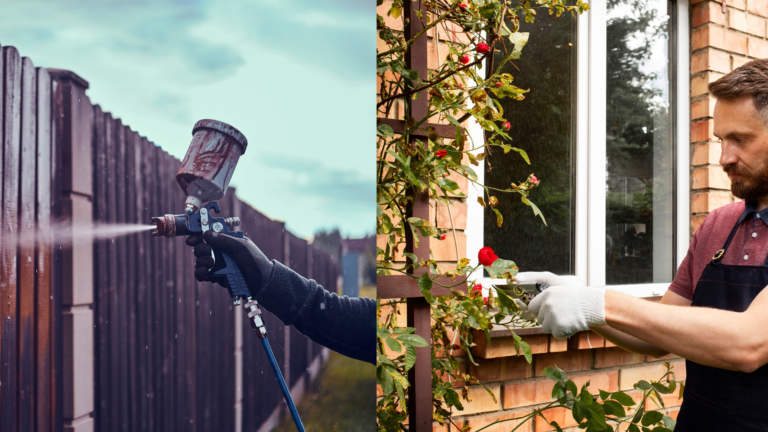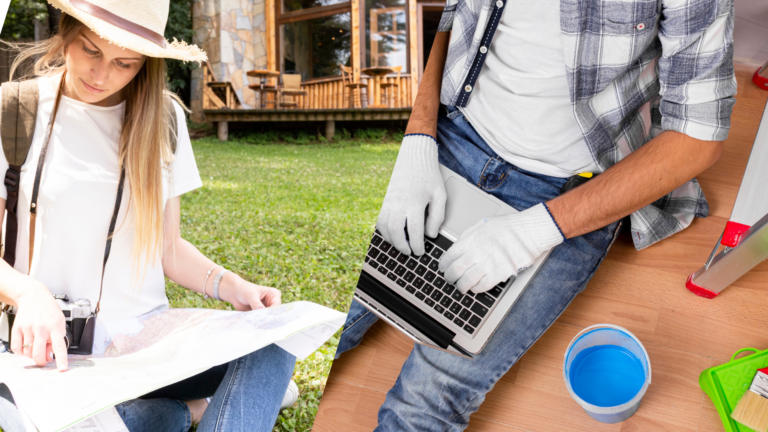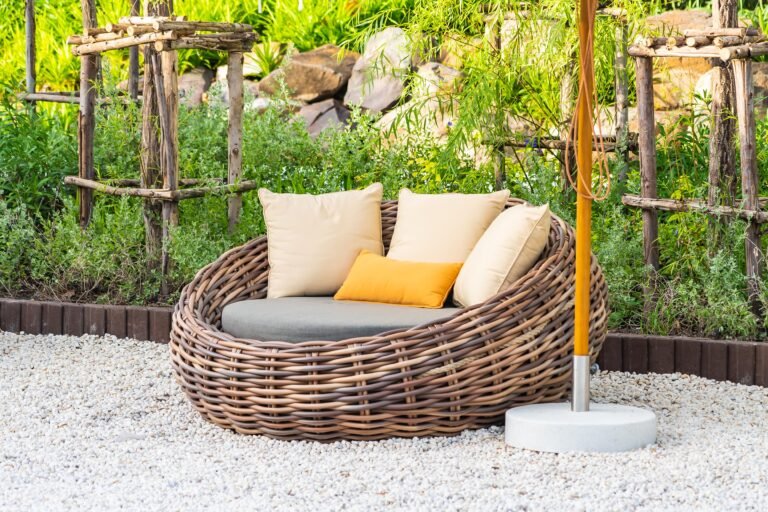Best DIY Backyard Playground Ideas for Small Spaces
Creating a fun and safe playground for your kids in a small backyard might seem challenging, but you can transform even the coziest spaces into an exciting play area with a little creativity. The key is to make the most of the available space by incorporating multi-functional and space-saving play structures that are fun and visually appealing.
From compact swing sets to vertical climbing walls, plenty of DIY playground ideas can turn your backyard into a mini adventure zone. Whether you’re looking to encourage active play or imaginative exploration, these ideas will help you build a playground that fits perfectly in your small outdoor space, providing endless enjoyment for your little ones.
Key Considerations for Small-Space Playgrounds
When planning a DIY backyard playground for a small space, there are a few key considerations to keep in mind to make the most of your available area. First, it’s essential to focus on maximizing vertical space. Since your ground area is limited, think about building upwards with features like climbing walls, multi-level play structures, or hanging swings. Vertical elements not only save room but also add an extra layer of fun and adventure for kids.
Another important factor is safety. In smaller spaces, children are often playing closer to fences, plants, or hard surfaces, so ensuring the playground has soft ground coverings, like rubber mats or mulch, is crucial. These will cushion any falls and keep the play area safer. Also, choose rounded, compact equipment that minimizes the risk of accidents, as large, bulky pieces can overwhelm the space and leave less room for safe movement.
Lastly, versatility is key in small-space playgrounds. Opt for play equipment that serves multiple purposes. For example, a swing set that doubles as a climbing frame or a sandbox with a lid that transforms into a seating area can offer different activities without taking up extra room. By keeping these considerations in mind, you’ll be able to create a functional and enjoyable playground, no matter how limited the space is.
Top DIY Backyard Playground Ideas for Small Spaces
When it comes to designing a backyard playground for a small space, creativity is your best tool. With the right ideas, you can transform even the tiniest yard into a dynamic play zone. Here are some of the best DIY playground ideas tailored specifically for compact outdoor areas.
- 1. Vertical Climbing Wall: Instead of traditional playground structures that take up a lot of ground space, consider a vertical climbing wall. It’s perfect for adding an adventurous element without sacrificing space. You can build it along a fence or the side of your house, using wooden panels and climbing holds to create a fun and challenging experience for kids.
- 2. Multi-Purpose Swing Set: A swing set is always a hit, but in a small backyard, it’s important to make it multi-functional. Consider a simple A-frame structure that holds not only swings but also a rope ladder or a climbing net. This way, your kids can enjoy multiple activities using just one piece of equipment.
- 3. Portable Sandbox with Seating: Sandboxes are a favorite for young kids, but they can take up valuable space. A portable sandbox with a lid can be an excellent solution. You can place it in the yard during playtime and store it away when not in use. Add a lid that doubles as a bench to make the sandbox even more versatile, providing seating for adults or additional play space for the kids.
- 4. Playhouse on Stilts: If you have limited ground area, why not elevate the fun? A small playhouse built on stilts uses vertical space and adds an exciting element to the playground. You can even incorporate a small slide or ladder leading up to the playhouse, making it a mini adventure area.
- 5. Obstacle Course Pathway: You don’t need large equipment to create an engaging playground. Use stepping stones, balance beams, and ropes to design an obstacle course that winds through your backyard. This not only encourages physical activity but also blends seamlessly into the landscape without overwhelming the space.
- 6. DIY Water Play Station: On hot days, a water play station can be the perfect addition. Build a simple water wall using pipes, funnels, and buckets attached to a fence or wall. This small, space-saving activity keeps kids entertained while encouraging creative play with water flow and movement.
By combining a few of these ideas, you can create a compact but exciting play area that keeps your kids entertained while maximizing every inch of your backyard.
Materials to Consider for Small-Space Playgrounds
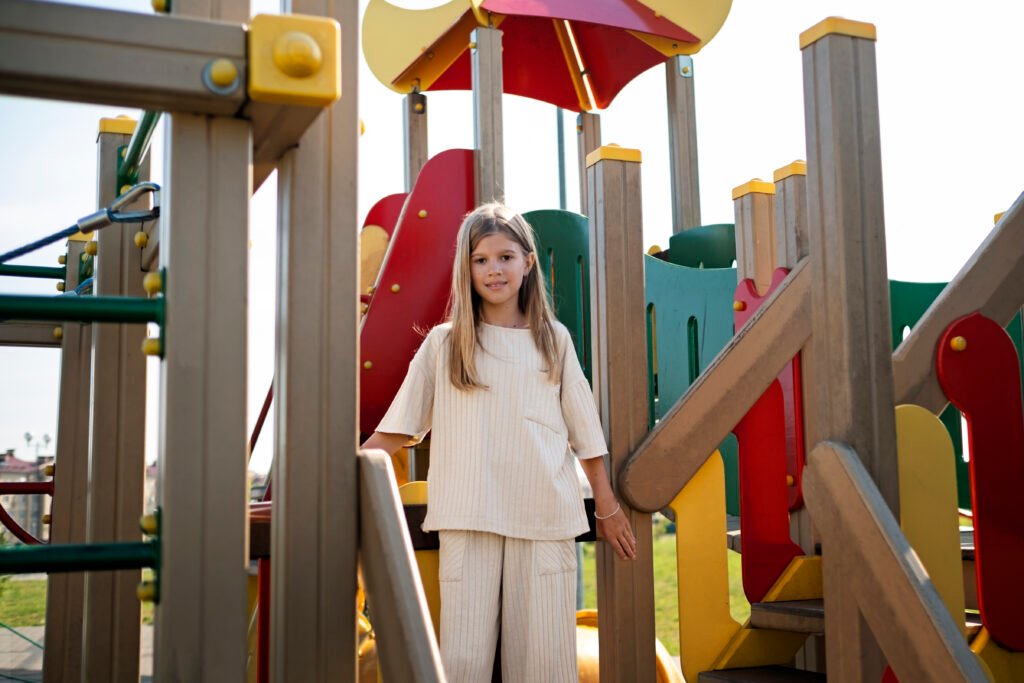
Choosing the right materials for a small-space playground is crucial to ensure durability, safety, and functionality. Since your backyard playground will be exposed to the elements and frequent use, it’s important to select materials that are both resilient and practical for the limited space available.
- 1. Pressure-Treated Wood: For structures like climbing walls, swing sets, or elevated playhouses, pressure-treated wood is an excellent option. It’s durable, resistant to weathering, and can withstand years of outdoor exposure. When building in a small space, wood’s natural appearance also helps the playground blend into the environment, giving it a warm, inviting look.
- 2. Composite Decking: If you prefer a low-maintenance alternative to wood, composite decking is a fantastic choice. It mimics the appearance of wood but is more resistant to wear and tear, making it ideal for play surfaces or decking areas beneath a play structure. It’s also slip-resistant, providing an added layer of safety for kids playing outdoors.
- 3. Recycled Rubber: For ground coverings, safety is a top priority, especially in small spaces where falls are more likely to happen near hard surfaces. Recycled rubber mulch or tiles are soft, shock-absorbent, and eco-friendly, offering excellent protection without sacrificing style. Rubber materials can also be installed in tight areas and are easy to maintain, making them perfect for small backyard playgrounds.
- 4. PVC Pipe and Rope: Lightweight and flexible, PVC pipe is a great material for DIY water stations, balance beams, or climbing structures. It’s inexpensive, easy to work with, and durable enough for outdoor use. Rope, on the other hand, is ideal for creating climbing nets, rope ladders, or hanging play elements like swings. Opt for weather-resistant rope to ensure it holds up against the elements and frequent use.
- 5. Marine-Grade Plywood: If you’re building elements like a sandbox, playhouse, or wall features, marine-grade plywood is a sturdy and water-resistant material that will stand up to the rigors of outdoor use. It’s perfect for small playground projects requiring solid, easy-to-work-with materials.
- 6. Outdoor Fabric: Outdoor fabric is a useful addition for elements like shade structures or canopies. Look for UV-resistant and waterproof materials to provide shelter from the sun and rain while adding a splash of color to your playground design. This can help keep the play area comfortable even in different weather conditions.
By selecting the right combination of these materials, you can ensure your DIY playground is compact, functional but also durable, and safe for years to come.
Safety Tips for DIY Backyard Playgrounds
Safety is a top priority when designing any playground, especially in small backyard spaces where children might be playing closer to fences, walls, or hard surfaces. By incorporating a few essential safety measures, you can create a fun and secure environment for your kids to enjoy. Here are some important safety tips to keep in mind for your DIY backyard playground.
- 1. Choose Soft Ground Coverings: One of the most important safety features is the ground covering beneath play equipment. In smaller spaces, falls are more likely to happen near patios or fences, so choosing a soft, shock-absorbent material like rubber mulch, foam mats, or wood chips is key. These materials help cushion falls and reduce the risk of injury.
- 2. Keep the Play Area Clear: In a small backyard, it’s easy for toys, furniture, and other items to clutter the play area. Make sure the space around the playground equipment is clear of obstacles to allow kids plenty of room to move and play freely. This reduces the chances of trips and falls, ensuring that children have a safe environment to explore.
- 3. Use Sturdy, Weather-Resistant Materials: Whether you’re building a swing set, climbing wall, or sandbox, using sturdy, weather-resistant materials is critical. Opt for pressure-treated wood, composite decking, or metal that can withstand exposure to the elements without splintering, rotting, or rusting. This not only extends the life of your playground but also prevents injuries caused by worn or weakened equipment.
- 4. Regularly Inspect and Maintain the Playground: Regular maintenance is essential to keep your backyard playground safe over time. Check for any loose bolts, fraying ropes, or cracks in materials that could pose a hazard. Make a habit of inspecting the playground at least once a season and addressing any wear and tear promptly.
- 5. Ensure Proper Spacing Between Equipment: In small spaces, it’s tempting to squeeze play structures close together, but this can lead to accidents. Ensure there is enough space between equipment like swings, slides, and climbing areas so that children can play without bumping into one another or nearby structures. Follow recommended safety guidelines for equipment spacing to avoid collisions.
- 6. Round-Off Sharp Edges and Corners: If you’re building play structures with wood, PVC, or metal, take extra care to round off any sharp edges or corners. This will minimize the risk of cuts, scrapes, or bruises. Use sandpaper or rubber corner protectors to soften hard edges on equipment and fences.
- 7. Supervise Play: Even with safety features in place, adult supervision is essential. Keep an eye on children while they play, especially in a small space where activities can overlap, and ensure they are using the equipment as intended. Establish clear rules about how to use each piece of playground equipment safely to avoid accidents.
By following these safety tips, you can create a backyard playground that’s not only fun but also a safe space where your children can enjoy themselves without unnecessary risk.
In conclusion
Designing a DIY backyard playground for small spaces is all about creativity, smart use of materials, and a focus on safety. By incorporating vertical elements, multi-purpose structures, and space-saving ideas, you can create a compact yet exciting play area that keeps kids entertained. With careful material choices and regular maintenance, your playground will remain durable and safe for years to come. Most importantly, by following essential safety tips and providing adequate supervision, you can ensure your children enjoy their backyard playground to the fullest. No matter the size of your yard, these ideas can transform it into a fun-filled adventure zone for your little ones.
FAQs
What are some space-saving playground ideas for small backyards?
You can maximize your small backyard by focusing on vertical structures like climbing walls, multi-purpose swing sets, and playhouses on stilts. Compact options like portable sandboxes and DIY obstacle courses also work well in limited spaces.
How can I make a safe playground in a small backyard?
To ensure safety in small spaces, use soft ground coverings like rubber mulch or foam mats to cushion falls. Keep the play area free of clutter, use sturdy weather-resistant materials, and regularly inspect the equipment for any wear and tear.
What materials are best for building small-space playgrounds?
Pressure-treated wood, composite decking, recycled rubber, PVC pipes, and marine-grade plywood are all durable materials ideal for outdoor play structures. These materials resist weather damage and provide long-lasting use.
How can I make a multi-functional playground?
Choose equipment that serves more than one purpose, like a swing set with a climbing rope or a sandbox with a lid that doubles as seating. Multi-functional elements save space while offering diverse play activities.

